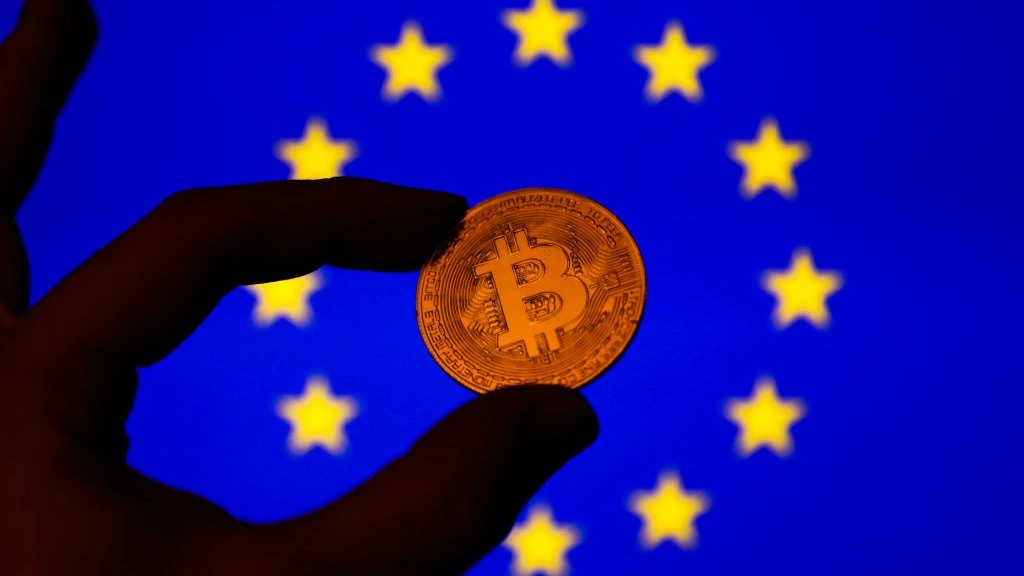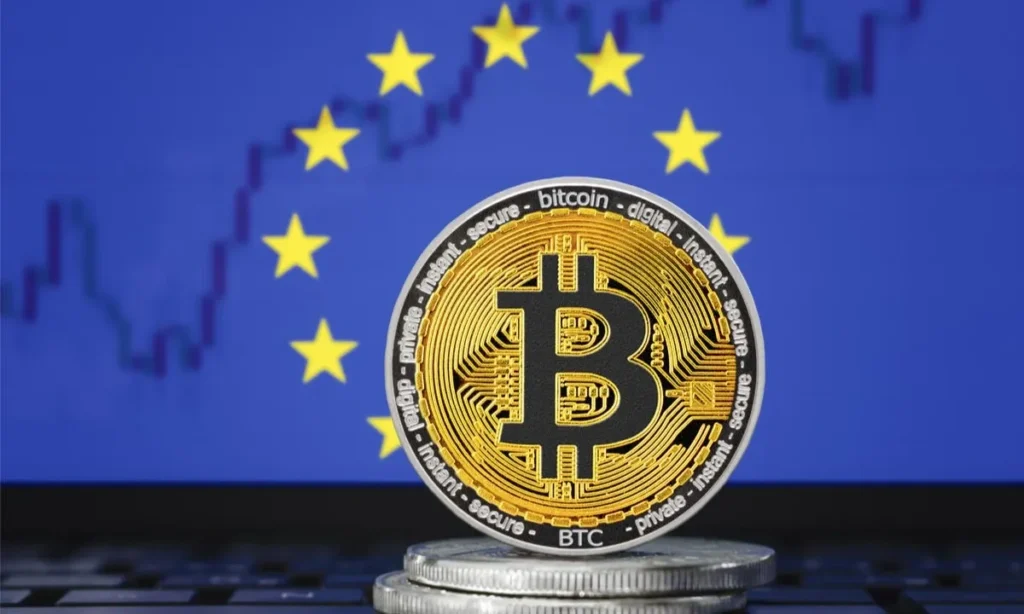If you’ve been wondering how crypto credit card payment is impacting real-world economies, look no further than Europe. The continent has quickly become a hotspot for Web3 finance adoption, and crypto credit cards are leading the way. In countries like Germany, Switzerland, and the UK, digital currencies like Bitcoin, Ethereum, and USDT are not only investments but now becoming preferred for spending.
Europe has been one of the most progressive regions in embracing crypto. With regulatory frameworks clearer and crypto infrastructure growing, countries like Estonia and Malta have been early adopters of blockchain-based financial services. For many Europeans, the shift to using crypto credit cards is more than just a trend—it’s a fundamental change in how they interact with money.

How Crypto Credit Card Payment is Changing Spending Habits in Europe
Europe has been a leader in adopting crypto credit card payment. In Germany, for instance, the use of crypto for daily expenses has surged, with users able to spend digital currencies just like fiat money. These cards instantly convert cryptocurrencies like Bitcoin and Ethereum into euros or pounds, allowing merchants to receive payments in their preferred currency without knowing crypto was used.
This ease of transaction is a huge step forward. By making crypto payments as easy as swiping a regular credit card, crypto credit cards are breaking down barriers to mainstream adoption.


Why Crypto Credit Card Are Transforming Financial Systems in Europe
In Europe, crypto credit card payment is disrupting traditional financial systems. Unlike conventional credit cards, which rely on credit scores and personal data, Web3 credit cards may assess creditworthiness through blockchain data—such as on-chain activity and DeFi interactions. This could be a game-changer for those excluded from the traditional system. It’s a new way to assess financial credibility, moving beyond centralized institutions.
In Switzerland, crypto-based credit systems are gaining traction, with some projects experimenting with on-chain credit scoring. These models rely on wallet transactions and digital asset holdings rather than traditional metrics like income. If these models take off, it could transform financial identity in Europe.


Cross-Border Transactions and Crypto Credit Cards: Insights from Europe
For freelancers and remote workers in Europe, cross-border payments have always been a headache. Traditional bank transfers come with high fees and long processing times. Crypto credit card payment solves this by eliminating the need for banks and reducing transaction fees.
This is already happening in countries like Estonia, where blockchain is embedded in the country’s infrastructure. Freelancers are using crypto credit cards to bypass banks, sending payments with minimal fees and instant processing times.
The Risk Factors of Crypto Credit Card Payment in Europe
While there are risks, such as crypto’s volatility, where a coffee purchase could cost significantly more or less depending on market prices, Europe’s regulatory landscape is becoming clearer. In the UK, crypto regulations are evolving, and users are concerned about potential tax implications. However, many Europeans feel that the benefits of using crypto credit cards far outweigh these risks, especially as regulations mature.

Why Europe is Leading the Charge with Crypto Credit Cards
In the end, the adoption of crypto credit card payment is just one example of how Web3 finance is reshaping Europe’s financial landscape. Countries like Germany, Switzerland, and Estonia are pushing forward with blockchain initiatives, positioning Europe as a leader in crypto adoption. This shift is about gaining more control over financial lives, making transactions faster, cheaper, and more secure.
As the world looks to the future of finance, crypto credit card payment proves Web3 is no longer just a futuristic ideal—it’s happening today.
Relevant news: here




